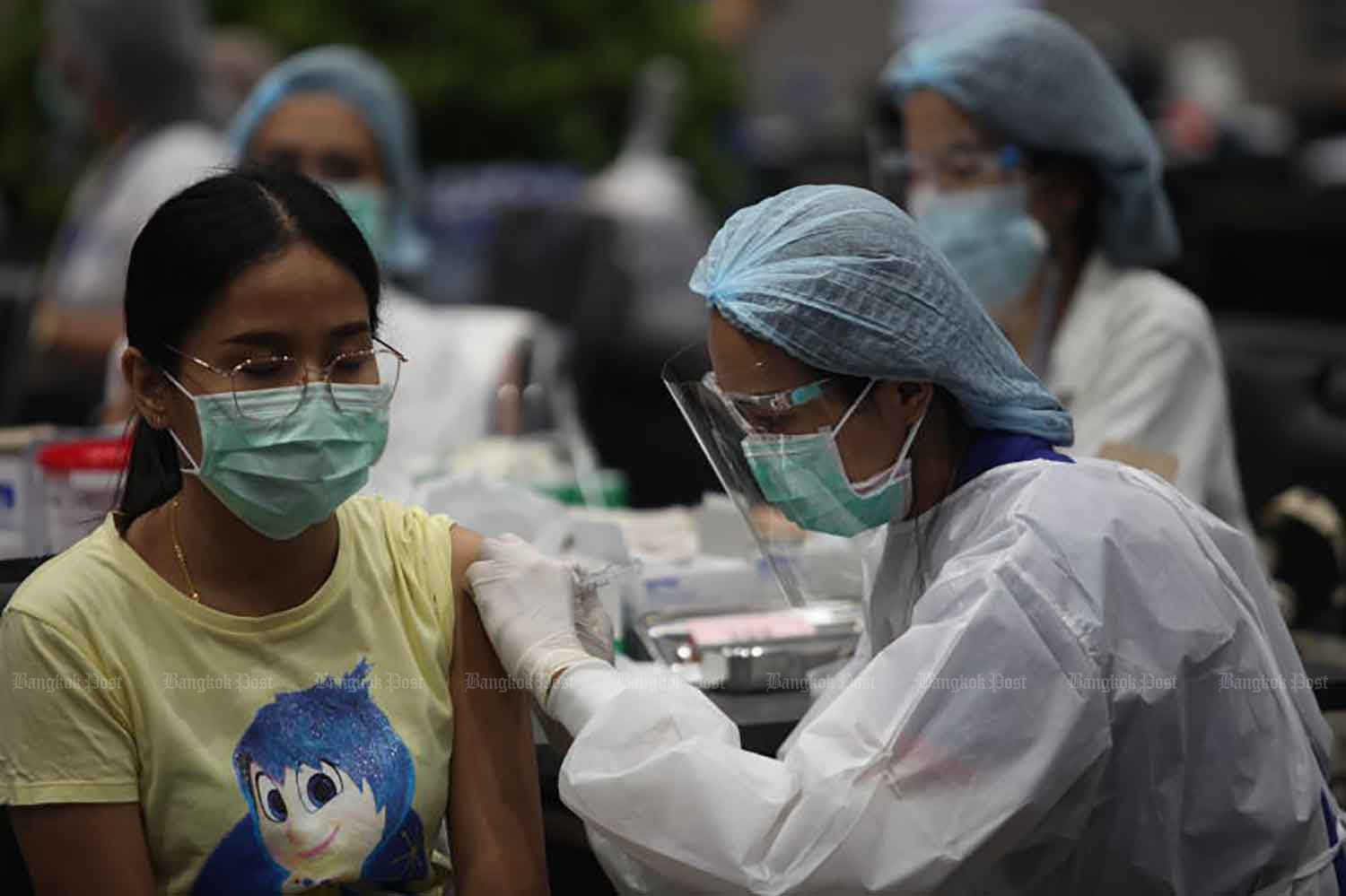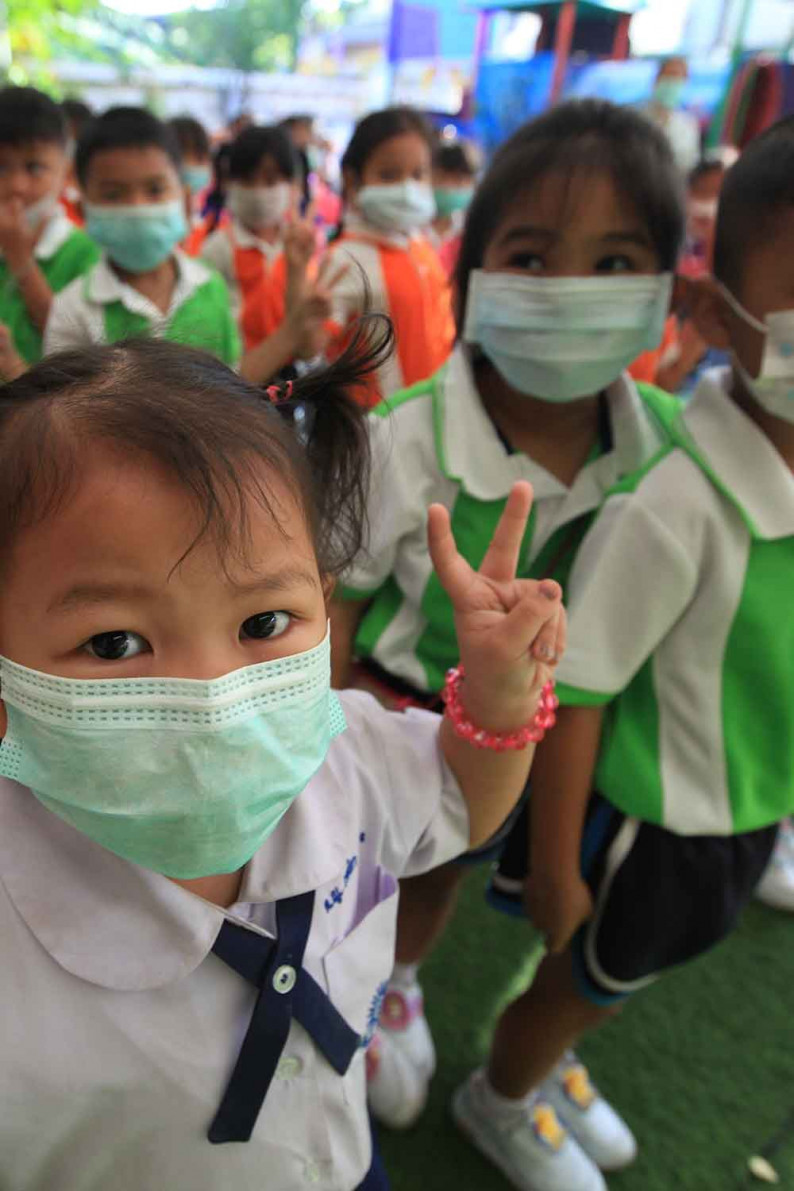
The Department of Disease Control (DDC) has defended the plan to administer up to 12 doses per vial of AstraZeneca vaccine despite the official recommendation that there is only enough formula for 10 in each.
The DDC's Director-General Opas Karnkawinpong on Friday insisted that the technique, which yields two extra doses per bottle, is in line with World Health Organization guidelines and does not affect efficacy.
The minister was responding to mounting criticism after Deputy Prime Minister and Public Health Minister Anutin Charnvirakul recently said the government is expecting to get 11-12 shots out of each vial and save the country over a billion baht in the process.
Dr Opas said that using special low dead space syringes (LDSS) to draw the vaccine allows doctors to get one or two extra doses each time.
He said one dose of the vaccine requires 0.5 cubic centimetres (cc), or 5cc for 10 doses.

However, one vial of the vaccine contains a total of 6.5cc. As a result, it has a surplus of 1.5cc vaccine left in the vial which an LDSS can take advantage of, said Dr Opas.
By using the approach across the entire vaccination programme, 10-20% more people can be reached with each batch, he said.
"This technique is recommended by the WHO which agrees that actual doses are more than that is recommended on the AstraZeneca vaccine label," he said.
"The vaccine drawing technique won't affect the efficacy of this vaccine," he said.
From June 7, the next group to receive vaccinations from the government will include front-line medical and healthcare workers who have not already received the vaccine yet, other state workers whose jobs put them at increased risk of contracting the disease, and those with people-facing jobs where contact with the public can't easily be avoided.
People working in the education sector, in particular, are considered a high-priority group to get the vaccine before the school term begins, he said.
